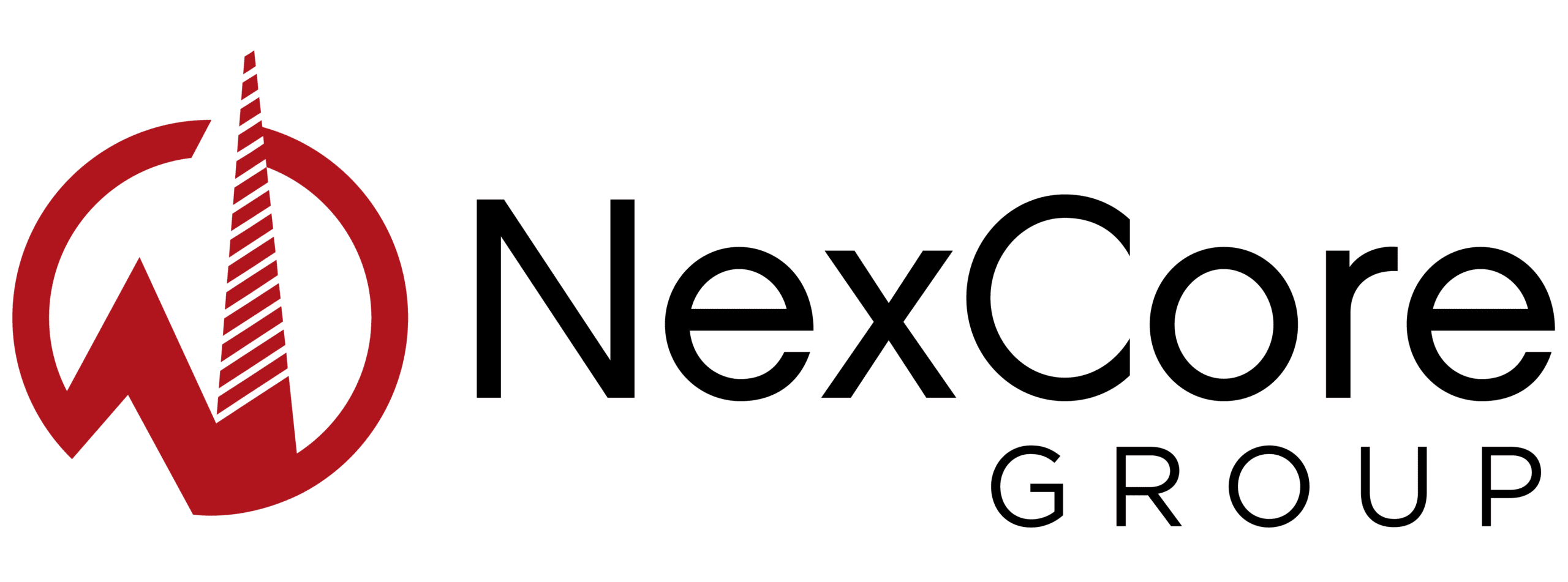The post-pandemic outlook for healthcare real estate (HRE) development and the growing niche of behavioral health were two “hot” topics discussed at the InterFace Healthcare Real Estate 2021 conference Aug. 25, at the Hilton Dallas Lincoln Centre.
Nathan Golik, Senior Vice President, Business Development, for the Denver-based national HRE developer NexCore Group LLC, shared his insights and expertise as the moderator of two educational panels on those stimulating topics at the annual conference.
It was one of the first HRE conferences to hold an in-person gathering since the COVID-19 quarantine began in March 2020. The event included seven timely panel discussions, several roundtables and a networking reception.
‘Development is Back! The Post-Pandemic Outlook for Healthcare Real Estate Development’
A group of experienced healthcare real estate developers joined Mr. Golik on the HRE development panel.
The panelists had an extensive discussion about how the pandemic has affected the HRE sector. They said the shift to off-campus facilities was further accelerated by COVID-19. Some of the developers said they anticipated that financial losses incurred during the pandemic would have reduced the amount of capital available to healthcare providers, giving them a greater incentive to work with third-party developers. But, in many cases, it hasn’t worked out that way. The panelists said cost-cutting, combined with assistance received from the federal government, left many providers in a better-than-anticipated financial condition, which makes them more likely to finance and own their new facilities.
The panelists also discussed how the pandemic has been affecting healthcare facility design.
Mr. Golik noted, “I think I saw an overreaction by some people to plan for a permanent pandemic. Maybe that was the right planning methodology because we don’t seem to be getting out of the pandemic. It does seem to make sense with waiting areas, and that’s where I’m seeing more in-depth thought processes. How do we check people in? Maybe self-rooming is a better option than having people stacked up in the waiting room.”
The panelists said they’re seeing more development opportunities with mixed-use projects, as well as the life sciences sector. Some noted that repurposing properties for medical use is a must in some markets where land is scare like the major population centers in California. Greenfield development, however, dominates in markets with greater land availability. Several panelists acknowledged that repurposing and redevelopment can be more risky for developers.
In terms of specific product types, the developers said freestanding emergency departments (FEDs) and micro hospitals are viable under the right circumstances.
Mr. Golik said, “From our standpoint, you’ve got to have a hospital partner. If you don’t have a hospital partner, then you really don’t have a longer-term strategic viewpoint on the asset and its location and where it fits within the continuum. When I think candidly about the micro hospitals we’ve been involved in developing strategically with hospital partners and where they’ve been located, they’ve executed well.”
The group discussed how the growing investor demand for HRE as a real estate asset class is beneficial for developers.
“I remember one of the first BOMA conferences I went to, which was back in like 2003,” says Mr. Golik. “At that point healthcare real estate wasn’t a food group. It was so niche-y that nobody wanted to invest in it. You had to really find capital, and the long-term panacea was pension fund money. Now, pension fund money has come into the space. It definitely has arrived by any measure.”
‘’Everything You Need to Know about the Growing Niche of Behavioral Health’
In addition to Mr. Golik, this panel included executives of behavioral health providers and developers of behavioral health facilities.
The panel discussed how the pandemic has been affecting people’s mental health, particularly adolescents. While statistics vary, it was noted that pre-pandemic, one in five people suffered from mental health issues but that now it might be as high as three in five people. Also, it’s estimated that 60 percent of emergency room visits have a mental health component, and suicide hotlines are receiving more calls than before the pandemic.
Mr. Golik noted, “COVID is, obviously, a serious issue. But some of the unintended consequences, especially isolation, are probably going to create longer-term issues for our children and for all of us more than we ever thought.”
Some of the panelists said that, on a positive note, there is less stigma than in the past in seeking treatment for behavioral health issues, and it helps that more and more celebrities and social media influencers have started speaking out about the issue.
Even if the statistics on mental health aren’t quite accurate, the panelists agreed that the growing increase in reported cases point to the need for more behavioral health facilities. Some of the panelists said there are opportunities to develop facilities that are 3,000 to 10,000 square feet and more, some of which would be owned by the operators and others that would be owned by the developers and leased to the operators. There are also a lot of private equity firms investing in behavioral health operating companies, which fuels their growth. And growing operators need more facilities.
It was noted that many behavioral health facilities are located on or adjacent to hospital campuses, and that hospital officials welcome that because it gives them the opportunity to provide a continuum of care, especially if they don’t offer behavioral health services themselves.
“Every hospital system I’ve talked to says they need behavioral health, that their ER and rooms are full,” Mr. Golik says.
Some of the panelists acknowledged that despite the reduced stigma around mental health issues, there is still resistance to building behavioral health facilities in some communities. But more and more people are beginning to recognize the growing need and how behavioral health facilities can be an important community resource.
